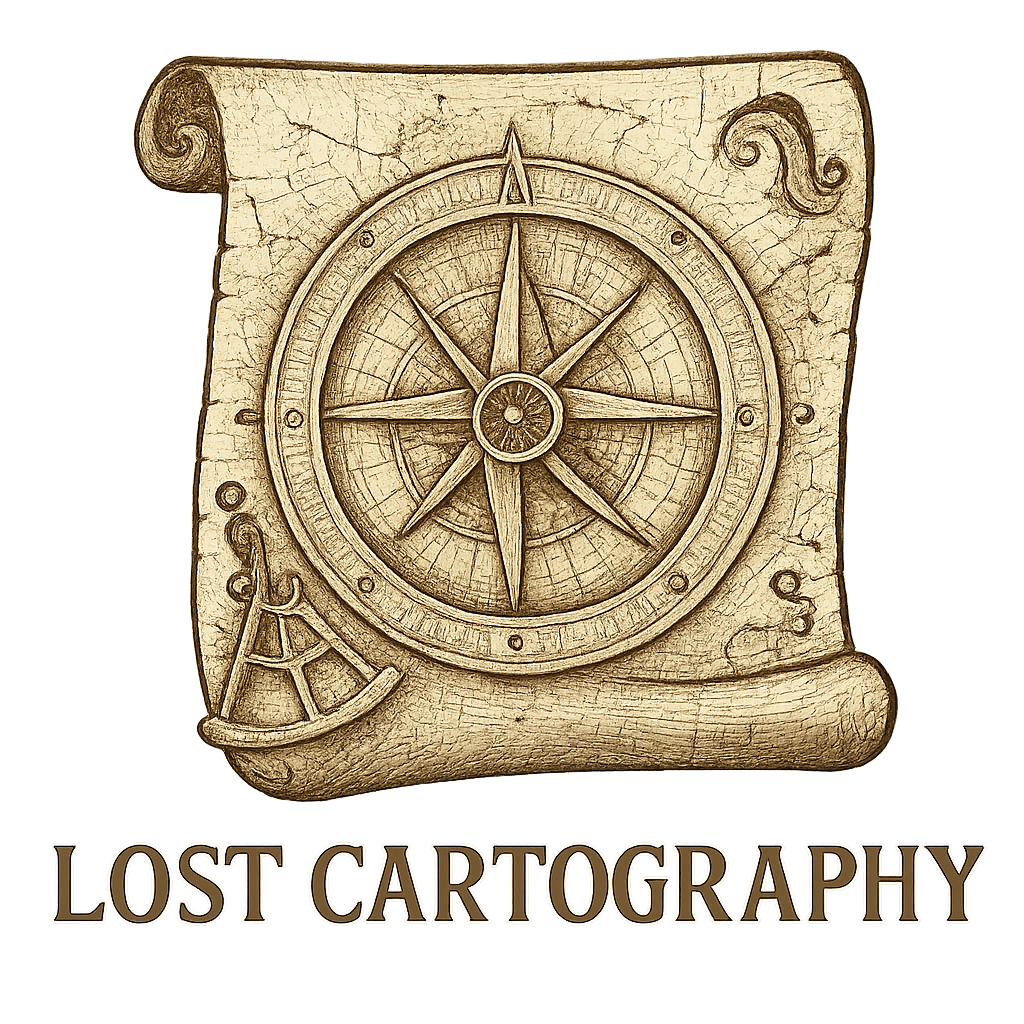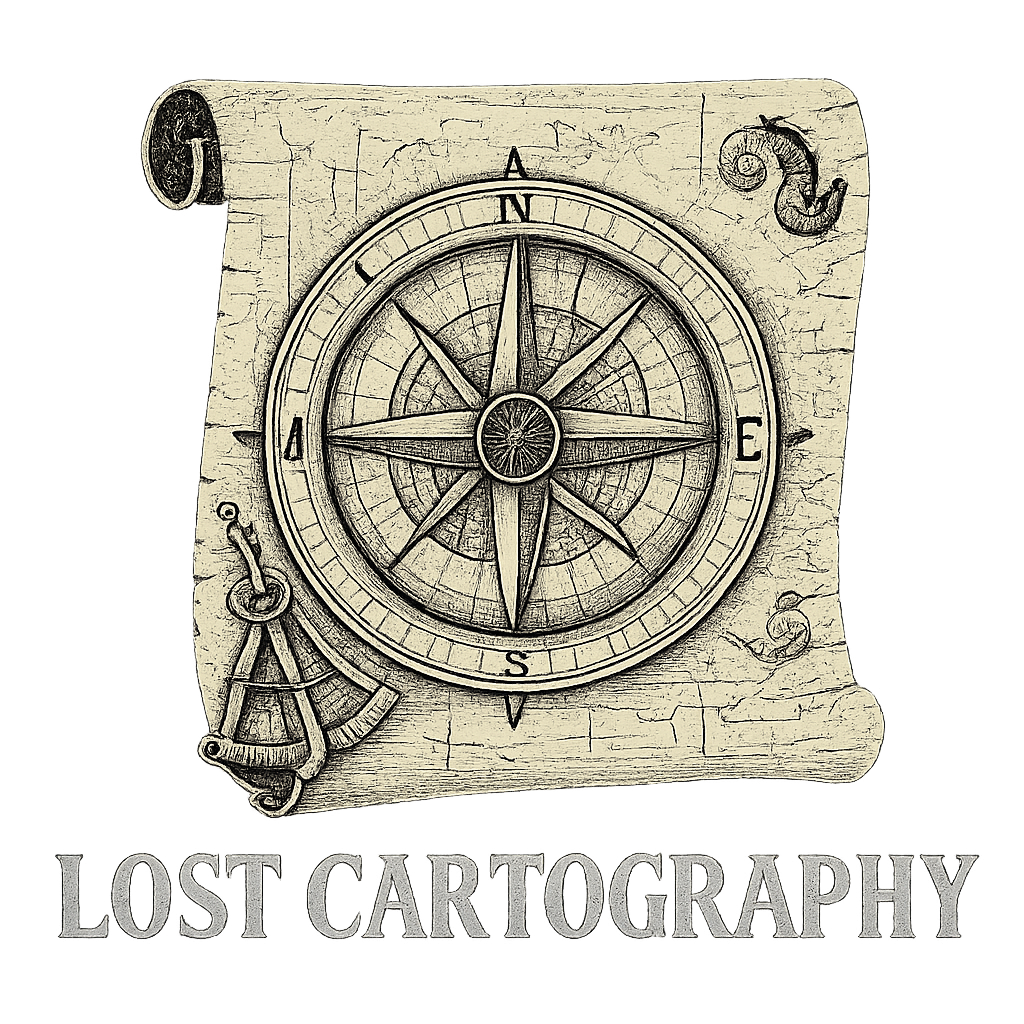Now Reading: Preserving Old Maps: Techniques and Best Practices
-
01
Preserving Old Maps: Techniques and Best Practices

Preserving Old Maps: Techniques and Best Practices
Old maps are windows into our past, revealing how our ancestors viewed and understood the world. Preserving old maps is essential for historians, researchers, and cultural institutions, as these artifacts offer unique insights into geographical evolution, shifting political boundaries, and centuries of societal development.
Historical cartography represents more than just geographical data – it captures artistic styles, technological advancements, and cultural perspectives of different eras. From medieval portolan charts to 18th-century survey maps, each piece tells a story of human exploration and understanding. For those looking to delve deeper into the intricacies of these historical documents, resources such as how to read and interpret ancient maps can be invaluable.
The preservation of old maps requires dedicated attention and expertise. Without proper care, these irreplaceable documents face threats from environmental factors, improper handling, and natural degradation. This comprehensive guide explores essential techniques for preserving old maps, including:
- Professional storage methods
- Environmental control strategies
- Handling protocols
- Archival best practices
- Staff training approaches
Understanding these preservation techniques will help protect valuable cartographic heritage for future generations to study and appreciate. Furthermore, it’s fascinating to uncover the hidden messages in maps or explore the evolution of cartography which shaped our history. Whether you’re a collector, curator, or institution caretaker, these insights will enhance your appreciation and understanding of historical maps.
1. Essential Storage Techniques for Old Maps
Proper storage techniques serve as the foundation for preserving historical maps. The choice of storage method directly impacts a map’s longevity and condition, making it essential to implement appropriate preservation strategies from the start.
Selecting Appropriate Enclosures
The physical condition and size of each map dictates its ideal storage solution. Maps require specific enclosures based on:
- Material composition
- Age and fragility
- Size dimensions
- Current preservation state
Types of Protective Enclosures
- pH-neutral materials prevent chemical deterioration
- Available in various sizes for different map dimensions
- Protect against dust and light exposure
- Drop-Front Boxes
- Provide complete protection on all sides
- Allow easy access without handling the map directly
- Create stable microenvironments for stored items
- Ideal for frequently handled maps
- Creates a clear, protective barrier
- Allows viewing without direct contact
Flat Storage vs. Rolling
Research from the Library of Congress indicates flat storage as the preferred method for map preservation. This approach:
- Prevents stress on paper fibers
- Reduces risk of creasing
- Maintains original map dimensions
For oversized maps where flat storage isn’t feasible:
- Use large-diameter tubes (minimum 3 inches)
- Wrap with acid-free tissue paper
- Store horizontally rather than vertically
Custom Solutions for Special Cases
Fragile or oversized maps often require specialized storage solutions:
- Custom-built portfolio cases
- Reinforced clamshell boxes
- Modified flat file drawers with additional support
The implementation of proper storage techniques creates a stable environment for historical maps, significantly extending their lifespan and preserving their historical value for future study and appreciation.
Notably, some old maps hold significant historical importance, such as the most valuable maps ever sold or those that present puzzling cartographic mysteries. Understanding these aspects can further enhance our appreciation of these artifacts.
Furthermore, exploring ancient mapping techniques provides valuable insights into the evolution of cartography and the need for careful preservation of these historical documents.
2. Environmental Considerations in Map Preservation
Creating the ideal storage environment plays a critical role in preserving historical maps. Research from the Library of Congress indicates that maintaining proper temperature control and humidity levels can significantly extend a map’s lifespan.
Temperature Control Requirements
- Maintain a consistent temperature between 65-70°F (18-21°C)
- Avoid temperature fluctuations exceeding 3°F within 24 hours
- Install climate monitoring systems to track temperature changes
- Keep storage areas away from heating vents and exterior walls
Humidity Management
The relative humidity (RH) in storage areas requires careful monitoring:
- Ideal RH range: 45-55%
- High humidity (>65%) risks:
- Mold growth
- Paper warping
- Ink bleeding
- Insect infestations
- Low humidity (<30%) risks:
- Brittle paper
- Cracking
- Permanent structural damage
UV Protection Strategies
Light exposure poses significant threats to map preservation. The National Archives recommends:
- Installing UV-filtering glass or acrylic sheets for displayed maps
- Limiting light exposure to 50-100 lux for colored maps
- Using LED lights instead of fluorescent lighting
- Rotating displayed maps every 3-4 months
- Storing maps in dark conditions when not on display
Air Quality Control
- Install air filtration systems to remove pollutants
- Keep maps away from sources of smoke or chemical fumes
- Avoid storing maps in basements or attics
- Regular cleaning of storage areas using appropriate methods
The International Federation of Library Associations emphasizes implementing a comprehensive environmental monitoring system. This includes using dataloggers to track conditions and establishing response protocols for environmental fluctuations that could threaten map collections.
3. Proper Handling Practices for Antique Maps
The careful handling of antique maps requires specific techniques to prevent damage and deterioration. Clean hands are essential – wash and dry them thoroughly before handling any historical documents. For added protection, cotton or nitrile gloves provide an extra barrier against oils and dirt that naturally occur on human skin.
When examining maps, use these proven handling techniques:
- Place the map on a clean, flat surface free from any debris or objects
- Support the entire map surface – never let edges hang unsupported
- Use book cradles or foam supports to maintain proper positioning
- Avoid touching the map surface directly – handle only the edges when possible
- Never use adhesive tape or metal clips on map surfaces
Moving and Transporting Maps
- Use a rigid support board slightly larger than the map
- Place acid-free paper between the map and support board
- Keep the map horizontal during transport
- For large maps, request assistance from a second person
The Library of Congress recommends using polyester film folders when frequent handling is necessary. These transparent enclosures allow for safe examination while protecting the map from direct contact.
During research or display preparation, position adjustable book cradles at angles between 15-20 degrees to reduce stress on map folds and creases. This angle provides optimal viewing while maintaining structural support for delicate materials.
4. Professional Archival Practices in Map Conservation
Professional archival practices are essential for successful map preservation. A comprehensive preservation management plan serves as a guide for maintaining map collections, outlining specific procedures for:
- Regular condition assessments
- Documentation of conservation treatments
- Emergency response protocols
- Staff training schedules
- Budget allocation for preservation materials
Importance of Risk Assessments
Risk assessments are crucial in protecting cartographic collections. The Northeast Document Conservation Center recommends conducting thorough evaluations every 2-3 years to identify potential threats such as:
- Water damage from plumbing issues
- Fire hazards
- Pest infestations
- Security vulnerabilities
- Environmental fluctuations
Techniques Used by Professional Conservators
Professional conservators use specialized techniques to preserve historical maps. According to the American Institute for Conservation, these methods include:
- pH testing of paper materials
- Deacidification treatments
- Tear repairs using Japanese tissue
- Surface cleaning with specialized erasers
- Flattening of rolled or folded maps
Role of Digital Preservation
Digital preservation has become an important part of map conservation. The Library of Congress encourages creating high-resolution scans of maps to:
- Reduce handling of original materials
- Provide wider access to researchers
- Create backup copies for disaster recovery
- Document the condition of materials over time
- Enable detailed analysis without risking damage
Importance of Documentation by Professional Archivists
Professional archivists keep detailed records of all conservation treatments and environmental monitoring data. This documentation helps track changes in collection conditions and evaluate the effectiveness of preservation strategies.
5. Educating Staff and Users on Map Preservation Strategies
Effective training programs are essential for successful map preservation efforts. Libraries and archives can implement comprehensive staff education through:
1. Regular Hands-on Workshops
- Practice proper map handling techniques
- Learn to identify signs of deterioration
- Master safe transportation methods
- Understand emergency response procedures
2. Digital Learning Resources
- Video tutorials demonstrating correct handling
- Interactive online courses
- Digital documentation of preservation protocols
- Virtual consultations with conservation experts
Creating user awareness requires strategic communication approaches:
- Display clear signage near map collections outlining handling rules
- Provide illustrated guides demonstrating proper map consultation techniques
- Require brief orientation sessions before accessing valuable materials
- Share preservation tips through social media and newsletters
According to the Society of American Archivists, implementing mandatory training certification for staff members who handle historical materials reduces damage incidents by up to 60%. The Northeast Document Conservation Center recommends refresher courses every 6-12 months to maintain high preservation standards.
Institutions can track training effectiveness through:
- Regular staff assessments
- User feedback surveys
- Monitoring material condition reports
- Documenting handling incidents
These educational initiatives create a culture of preservation awareness that extends beyond institutional walls into the broader community of researchers and map enthusiasts.
Conclusion
The preservation of old maps is an important investment in our cultural heritage. These one-of-a-kind artifacts provide valuable insights into historical geography, cultural perspectives, and societal development. By using effective storage methods, controlling the environment, and following professional archival practices, we can ensure that these resources are protected for future generations.
The lifespan of maps relies on how dedicated we are to preserving them. Each map has a story to tell – whether it’s about ancient trade routes or changing political boundaries – making them essential tools for researchers, historians, and educators. With well-rounded preservation plans in place, we can guarantee that these stories remain intact and accessible.
Preserving historical significance involves more than just keeping the physical maps safe. It also means upholding our shared memory and comprehension of history. As caretakers of these valuable maps, it is our duty to safeguard them through careful handling, appropriate storage, and committed conservation efforts.
Learn more about map preservation techniques from the Library of Congress

























